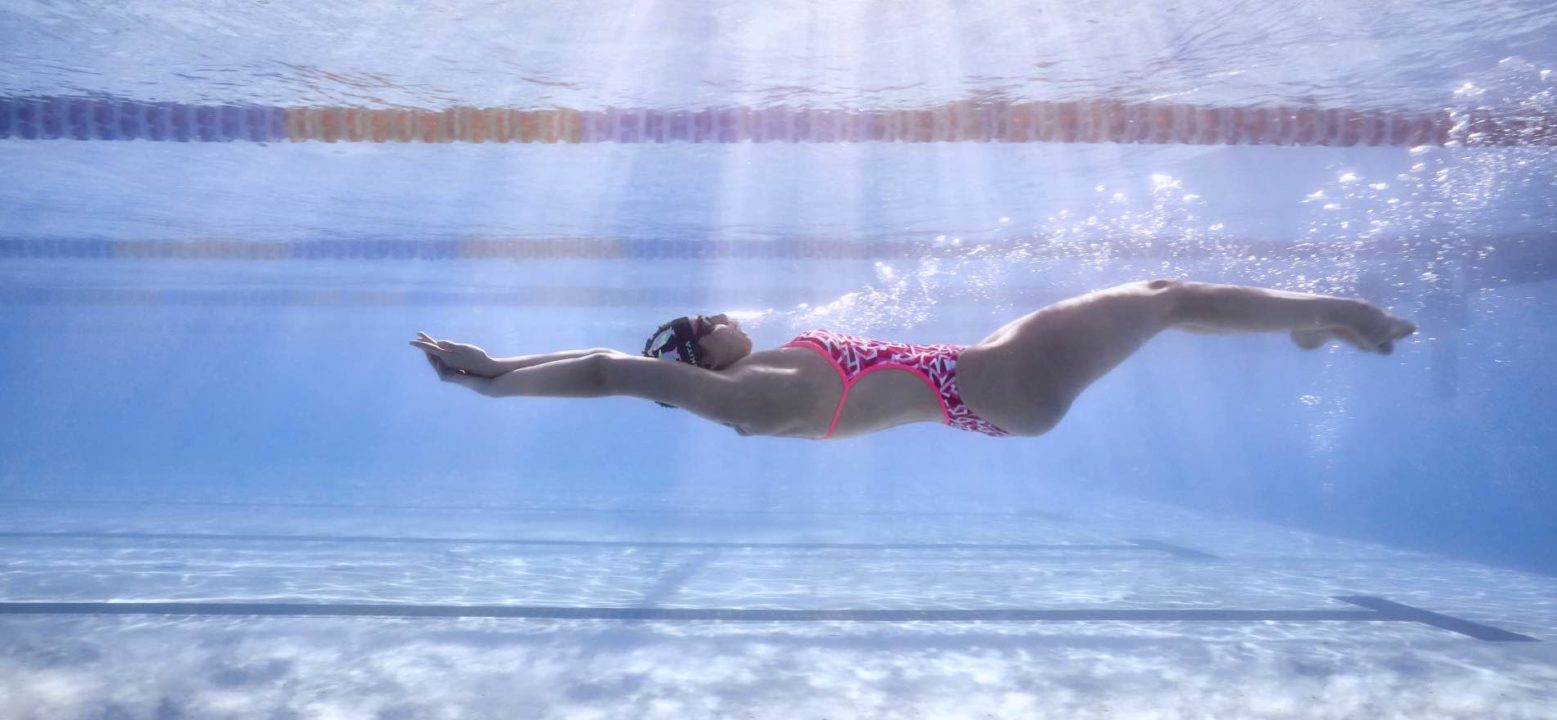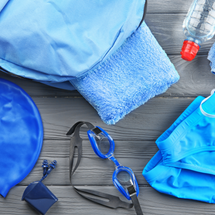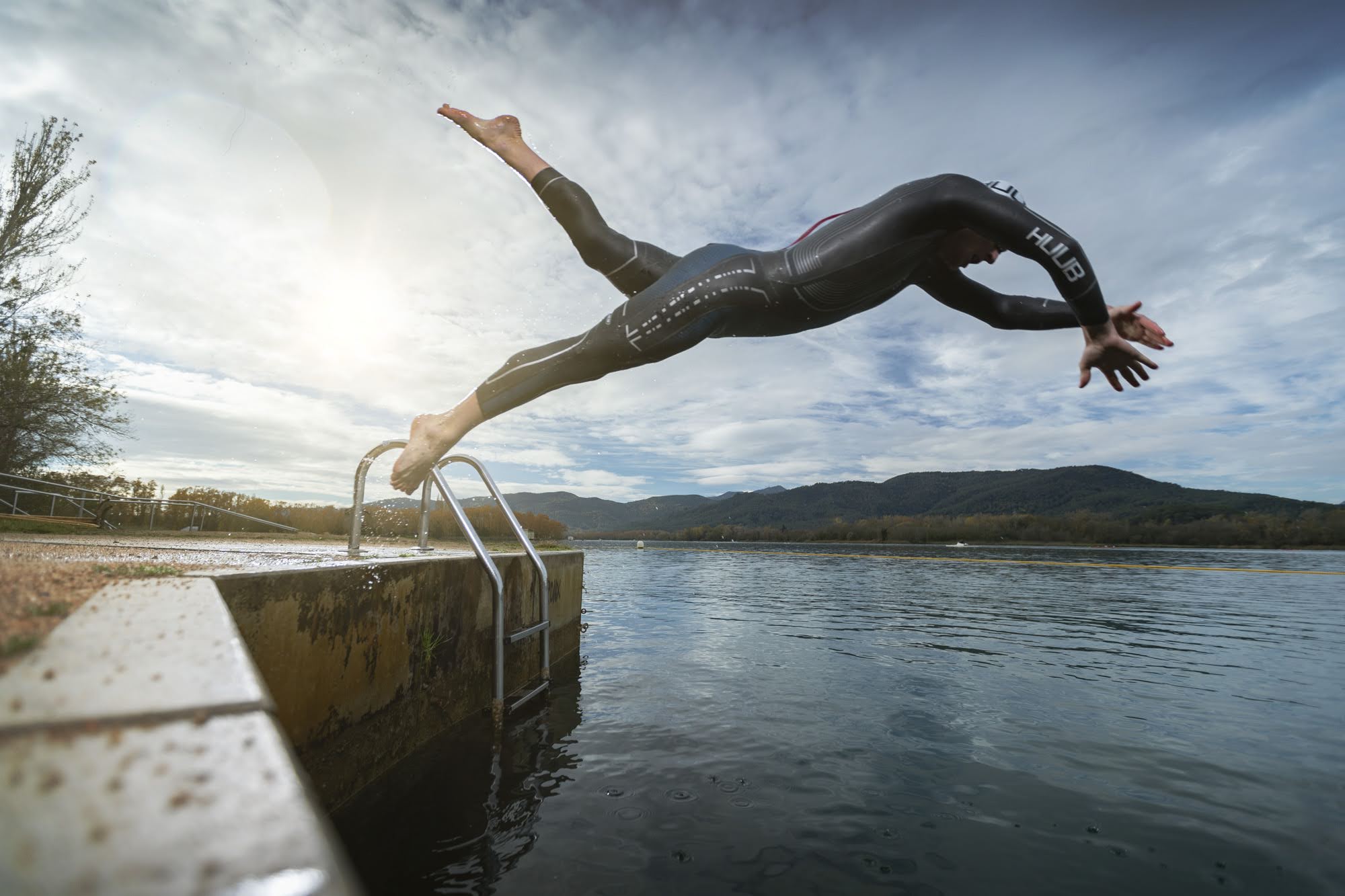Posted by Lauren Harrod on 19th Jul 2022
Looking After your Swim Gear - from swimsuits to wetsuits, equipment too!
So you've just spent a good amount of money on some new swimming gear, maybe a new wetsuit, perhaps a new snorkel. How do you look after these gems, so they keep on looking after you? We've compiled a range of tips below to keep you on track. A bit of effort now, will save you (and your money!) in the long run.
SWIMWEAR/TOGS
The chlorine resistant technology in swimwear has come a very long way in the last ten years. Key brands like Speedo, Funky Trunks/Funkita, Arena, Zoggs, TYR and Jolyn among others all claim high levels of chlorine resistance in their fabrics. But even these fabrics, if not properly cared for, will fade and perish. Keep them fresh in a few simple steps.
- Always rinse your togs in fresh, clean water after each swim. Leave the detergents in the cupboard for the rest of the washing. It can even be as easy as staying in your togs while you rinse off in the shower at the pool - before you clean yourself with bodywash though!
- After every fourth or fifth wear, we suggest using a capful of Race Suit Wash (don't let the name put you off, it's for all togs!) in a basin of cold water, to soak your togs for a few minutes. This neutralises the chlorine odours in the togs. Then rinse and hang to dry.
- Togs don't really like the washing machine, especially with detergents! This can break down the elasticity and fade colours.
- Togs are terrified of dryers! Always just line dry your swimwear out of direct sunlight!!

SWIM CAPS
If kept wet, swim caps can gather mould and other bacteria that really don't do us any favours at all and certainly shorten the lifespan of your cap. It's very simple, rinse in fresh water after every swim and dry with a towel. I find draping a towel over my fist and then putting my hand inside the cap to soak up the excess water does the trick. Dry the outside too, then store in a dry compartment in your swim bag.
GOGGLES
Goggles can be the most frustrating piece of swim equipment to get right. I hear a lot of people saying their goggles leak or fog all the time.
Fit - Fitting them correctly in the first place is paramount and we always recommend coming to see us in store so we can fit you properly. Every face is different and the amazing goggles that your friend recommended, may not the be the right goggles for you. We'll work with you, not matter how long or how many pairs of goggles it takes to fine the right fit for you!
Care - Every pair of goggles comes with a factory applied anti-fog coating. To keep the anti-fog working, there are a couple of tricks.
- Avoid touching the lenses! The oils on your fingers can breakdown the anti-fog coating very quickly and you can also have dirt or dust on your fingers that can cause scratches. Rinse in water!
- Remember that fogging is a reaction caused by the temperature difference between your skin on your face and the water. You can help to even these up by splashing your face with water to cool it down, and also rinsing your goggles in the same water before putting them on.
- Get a case to store your goggles in. Always make sure they're dry before putting them in the case though, by shaking the water off NOT wiping them!
- Get yourself a good anti-fog spray. A good trick I've found with anti-fog is:
- after your swim, rinse your goggles in fresh water, shake off the excess water and then pump one spray of anti-fog into each lens and leave them face up to dry.
- Before you head to the pool or beach for your next swim, pump another spray into each lens.
- Just before you get into the water, rinse your goggles in the water and splash your face (as mentioned above). This has helped me immensely with fogging in my own goggles and I swear by this method now.
SNORKELS
Swim snorkels are different to those you might have used to look at sea life! The don't come with a mask that covers your nose and so can take a bit of getting used to. But once you give them a try, they are fantastic for allowing you to focus on technique, without 'worrying' about breathing!
Generally they're pretty hardy, there aren't a lot of angles in a snorkel where bacteria can collect, but like anything, if they're left wet for too long, they can grow mould. I've seen it and it's not pretty!
There are a couple of way to clean snorkels.
- You can use a bottle brush, some bottle brushes are wired and can be bent into a curve to reach around the curves of a snorkel.
- Use a thin microfibre towel wrapped around a bendable piece of wire and feed this through the snorkel
- Take the mouthpiece off (carefully...and taking note of how it fits back together again!) and soak in a very diluted bleach bath (1TBS in a bucket of warm water) for around 30mins. Rinse thoroughly and dry it well before storing it again for your next session!
WETSUITS
Wetsuits are a big investment and so deserve the best care you can give them...which helpfully, is very simple!
When you purchase a wetsuit from us, we give you a comprehensive fitting guide. This helps to extend the life of your suit as long as possible. If a wetsuit isn't fitted right up into your crotch area, right up under your armpits and right up onto your shoulders, the additional stretch and stress this causes on the neoprene, can lead to tears and pulls. So always take that extra bit of time to really get it fitting snug all over.
Beyond the post-swim rinse, you may want to give your wetsuit a deep wash about every ten uses. You can do this yourself at home with the instructions below:
How do you wash a wetsuit at home?
Washing your wetsuit at home requires a bathtub or large sink. Turn the wetsuit inside out, open all the zippers, soak it in a tub of cool or lukewarm water for an hour, then rinse and hang to dry. If your suit is a bit smelly, mix in a cleaner that will not compromise the neoprene. Try Gear Aid Wetsuit Shampoo. This cleaner will help to break down and remove any body oils that may have built up in the neoprene fabric.
It should be noted that wetsuits hate being left out in the sun. The UV rays can break down the neoprene and compromise the longevity of your suit. Other contaminants such as salt, harsh detergents and soaps, and even hot water can also damage the neoprene.
Drying your wetsuit
It is important to dry your wetsuit properly to avoid compromising the integrity and shape of the suit. Wetsuits should always be hung to dry naturally and never placed in a dryer as dryers are hot enough to damage the synthetic neoprene rubber.
Depending on your location, there are a few options for drying your suit:
- Hang dry outside: If you live in a warmer climate, dry your wetsuit outside as long as it is in the shade, preferably with a bit of a breeze.
- Hang dry inside: If you prefer to dry your wetsuit inside, keep the suit away from heat sources like radiators, fireplaces, and space heaters.
How you hang your wetsuit to dry is very important. If it is done incorrectly, the suit may crease or stretch out. The best approach is to use a special wetsuit hanger that is wide and won't damage your wetsuit.
If none of these options are available to you, consider bundling multiple hangers together and hanging the wetsuit to dry by the shoulders. Using multiple hangers will prevent any stretching or creasing at the shoulders.
Wherever you choose to hang your wetsuit to dry, be sure that there is a bucket or drainage system underneath to catch any dripping water.
Pro tip: If you want your suit to dry faster, squeeze the end of the wetsuit arms and legs after it's been drying for a while. This will help drain the pooled water in these areas.


